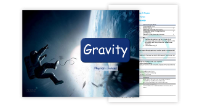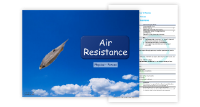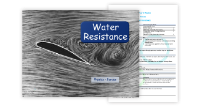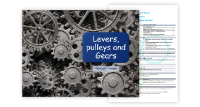Friction
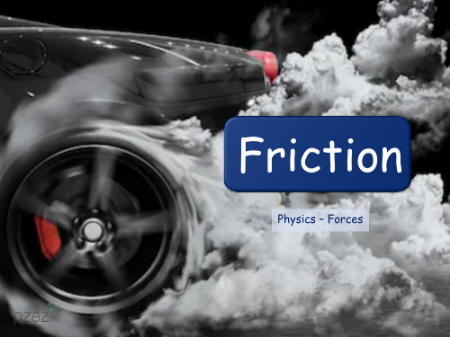
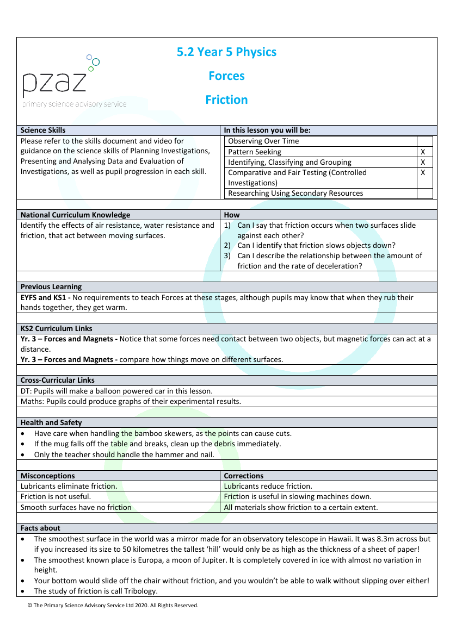

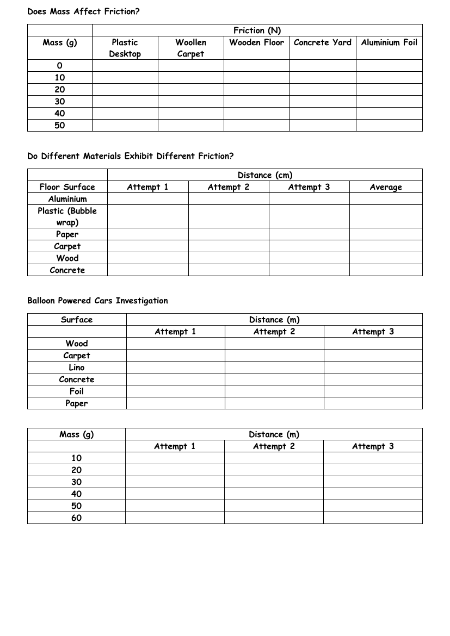
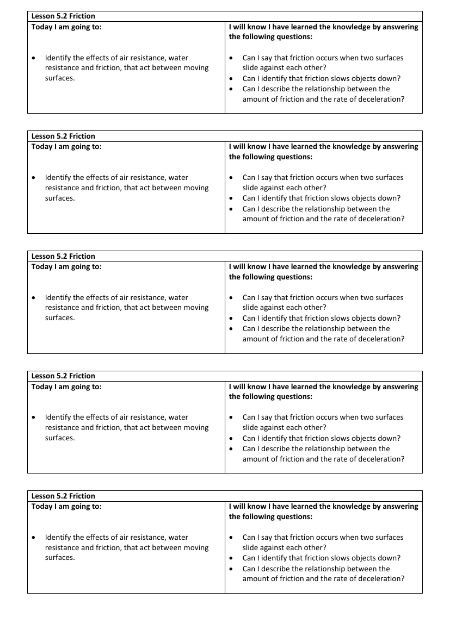
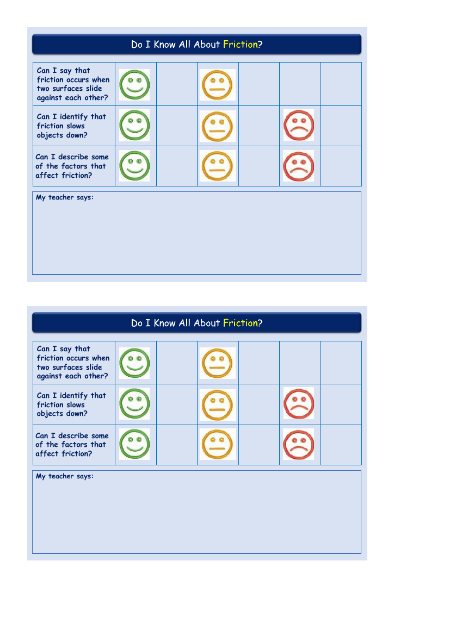

Science Lesson Description
In this lesson, students will learn about the effects of friction on moving surfaces. The objective of this lesson is for students to be able to identify that friction occurs when two surfaces slide against each other, understand that friction slows objects down, and describe the relationship between the amount of friction and the rate of deceleration. This lesson aligns with the 2nd Grade science curriculum on Forces and Magnets and has cross-curricular links to Design and Technology and Mathematics.
Students will be introduced to the science behind friction through a teacher demonstration of the "Handkerchief and the Cup" activity. They will then participate in the "Does Mass Affect Friction?" activity where they will test the amount of friction on different surfaces with varying amounts of mass. The results of this experiment can be graphed for mathematical analysis.
Misconceptions and Corrections
It is important to note that students may have misconceptions about friction. Some students may think that lubricants eliminate friction, when in reality, they only reduce friction. Additionally, students may believe that friction is not useful when in fact, it is essential in slowing down machines. Finally, students may believe that smooth surfaces have no friction when all materials show friction to a certain extent.
Keywords
- Friction
- Decelerate
- Smooth
- Rough
- Surface
Influential Scientists
This lesson highlights the work of several influential scientists in the field of friction including Leonardo da Vinci, Guillaume Amontons, Charles Augustin de Coulomb, Charles Hatcbett, Theodor Reye, and David Tabor.
Important Lesson Guidance
It is important to note that before the lesson, you will need to collect 32 plastic bottle caps and punch holes in the center of each cap. The "Does Mass Affect Friction?" activity requires materials such as Tupperware tubs, masses, string, force meters, a 100ml measuring cylinder, and aluminium foil. The experiment is performed in groups of four and the results can be recorded in a table for analysis. It is important to keep the balloon cars for Lesson 5.3.














